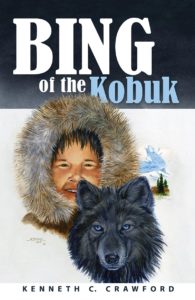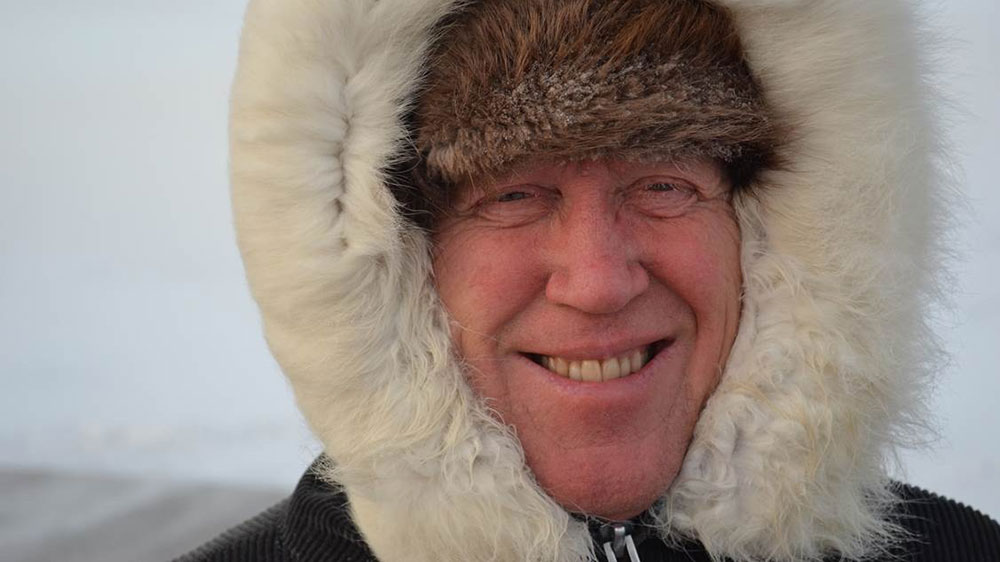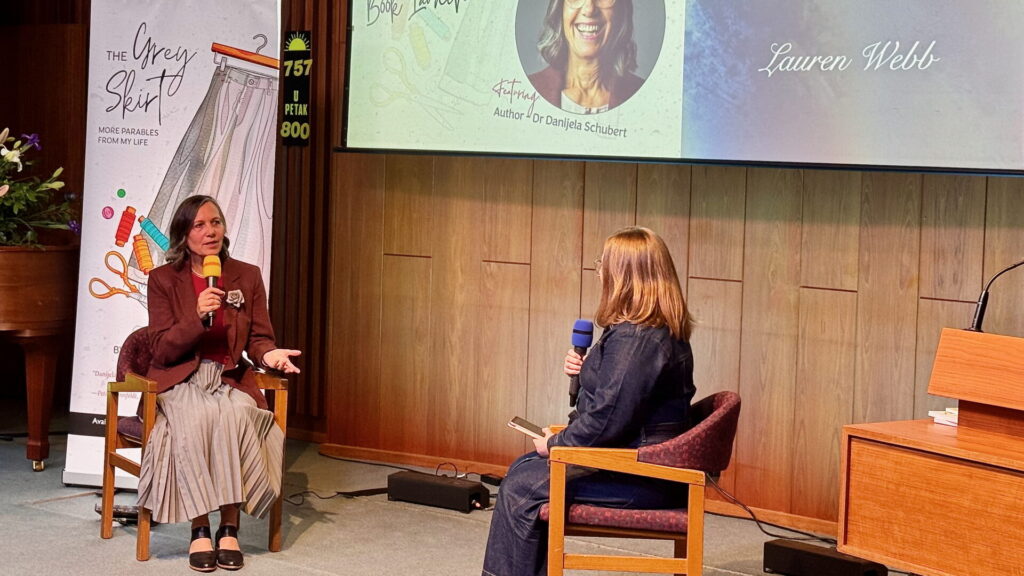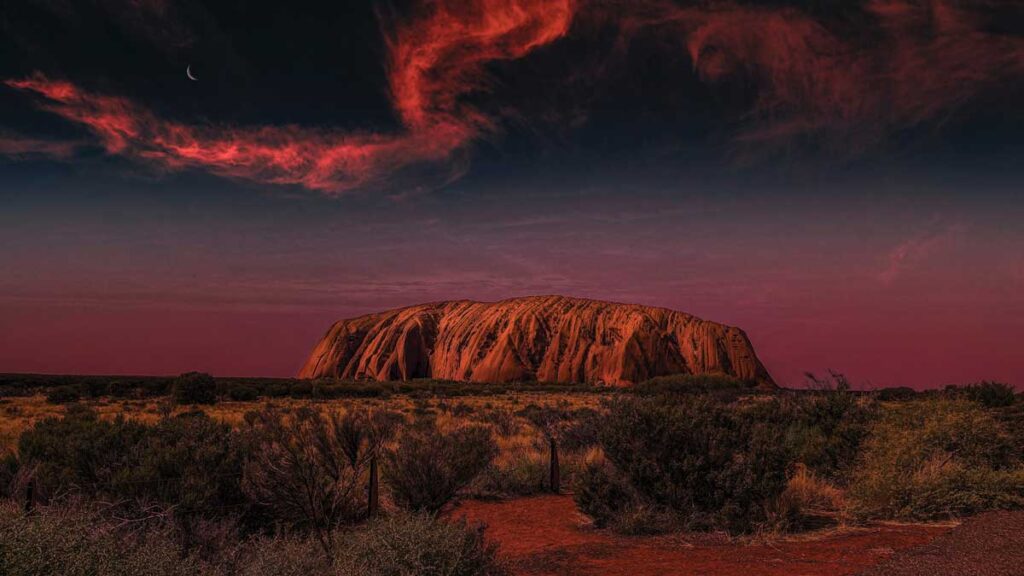Pastor Kenneth Crawford, with his wife Colleen, began his ministry as volunteer workers among Siberian Eskimos in the Alaskan Artic, living on St Lawrence Island in the Bering Sea, about 50 kilometres off the coast of Siberia. Before his recent retirement, he served as president of the Alaska Conference. Pastor Crawford has written a series of story books that draw on his experiences in the remote regions of Alaska and his love of the natural world in these harsh environments. He talked about his love for storytelling and Alaska.
Why have you been so passionate about ministry in Alaska?
Since our first missionary posting more than four decades ago, our ministry and life has taken us in and out of Alaska ever since. Both our children were born there and we spent the last 12 years there before I retired. Our work among the Eskimo people is so important. We are watching the destruction of an entire culture, there are 230 villages in Alaska and our church is currently working in 10 of them—there is much to be done.
Why has storytelling become such an important part of your ministry?
I have always been an avid reader and loved the Bible Stories and any type of nature story. I started telling stories to children at an early age and like me, the world loves a good story, that’s why Jesus told so many. It captures people’s attention and their imagination. I love the warp and weave of characters and bringing children into the journey. In order to keep their attention, it has to have suspense and adventure.
Are your stories primarily for children?
My main interest is in stories for children. Children are open to learning about the character of God. They love to hear stories about nature but also adventure stories that highlight God’s tender care and love for them. That’s why I write for them. But I have two other manuscripts in the works for adults, including an autobiography of our adventures and ministry on America’s “last frontier”. I must admit, I do love to write.
Why did you begin telling the stories of Alaskan animals?
I had nature bred into my DNA by my parents at an early age. They both had a deep love for nature and especially animals and they passed it on to their children. For me, the animal world is a fascinating peek into God’s creation and, of course, Alaska is a captivating place that has a variety of animals and birds. These creatures of the north live and flourish in environments that would be the instant demise of most creatures.
What can we learn from this remote part of the world that few of us are likely to visit?

There is a complete cycle of life of subsistence in the harsh arctic environment that is far removed from our sheltered culture. Most first-world people have no concept of what it means to live a life that is filled with starkness and danger. I have stood in a blizzard where you literally cannot see your hand in front of your face. I have watched empty 45-gallon barrels flying by end over end in the wind. I have seen people frozen to death in minutes form the cold. Yet, in that harsh environment, I have met some of the most genuine, gentle, kind people in the Eskimo culture. They know little about our lifestyle, but are some of the most intelligent and wisest people I have met in life.
What do you hope readers take away from your books?
My first and most recent books are adventure books based in the Arctic. Yuki and Bing of the Kobuk are adventure stories designed to teach children about a loving Creator God who is their true Father. The other two are also adventure stories, designed to open a little window into the incredible world nature in the north.






